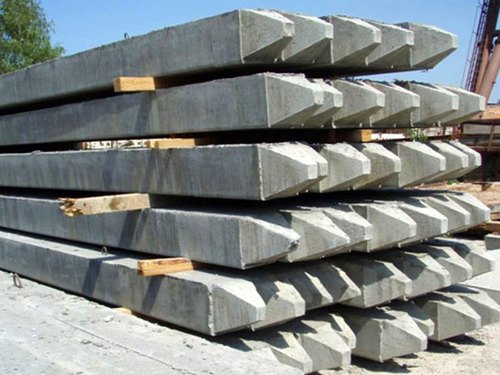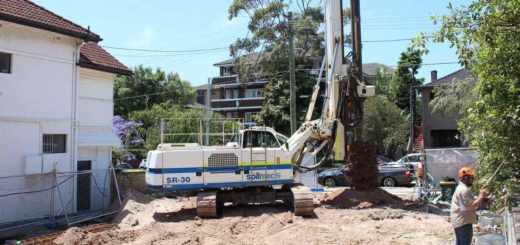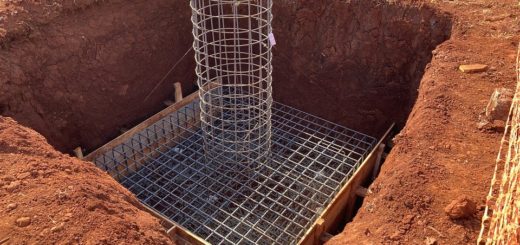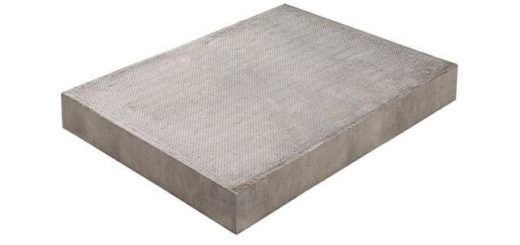Driven Piles Advantages and Disadvantages
As civil engineers, we are often tasked with finding the most cost-effective and stable foundation structures when it comes to construction projects. One of the critical components of a foundation structure is the pile, which transmits the load from the structure to the soil. Driven piles, in particular, offer many advantages and disadvantages that should be carefully considered. In this blog article, we will be exploring driven piles advantages and disadvantages in greater detail so that civil engineers can make an informed decision when it comes to choosing the right kind of pile for a project.
Drilled piles, driven piles, or bored piles are long slender columns of reinforced concrete, steel or timber used to construct buildings and other above-ground structures that require deep foundations.
Advantages of driven pile foundations
Driven piled foundations are among the most common and reliable types of foundations for new construction. Driven pile foundations consist of long piles that are embedded vertically into the ground using a hammer. They are used to support buildings and structures that require large amounts of load-bearing capacity. Piles can be either wood or steel, but steel is more commonly used because it offers greater strength and durability.
1. Driven piles are relatively easy to install.
2. They can be installed in a variety of soil types.
3. Driven piles offer a high degree of load-bearing capacity.
4. Efficient methods of supporting the construction of a new building.
5. Fast installation.
6. They can be used in areas that have minimal or no ground preparation, as they require no excavation work to install them.
7. Driven piles offer a high degree of load-bearing capacity.
Disadvantages of driven piles foundations
1. They can be expensive to install.
2. The noise generated during installation can be disruptive.
3. There is a risk of damage to underground utilities.
4. The main disadvantage of piles is that they must extend deep into the earth to get adequate support.
5. When piles are not evenly spaced, this unbalance can cause problems for adjacent piles, resulting in additional settlements or bearing failures.
We hope that we were able to discuss may about advantages and disadvantages of driven piles. The article is more related to the precast concrete piles advantages disadvantages though we discussed other type of driven piles such as steel and timber.




